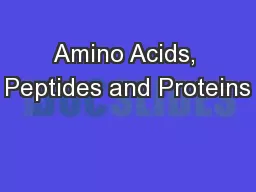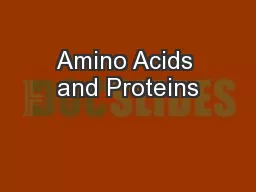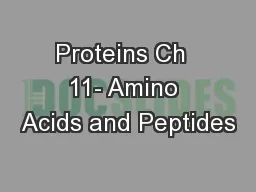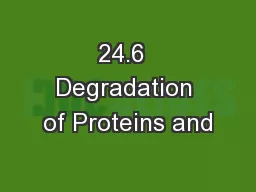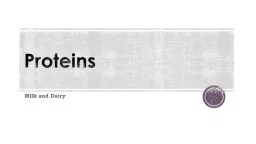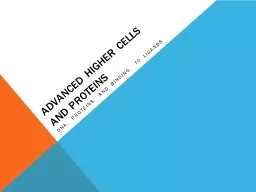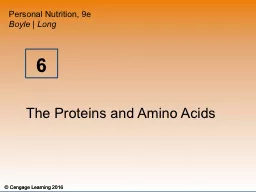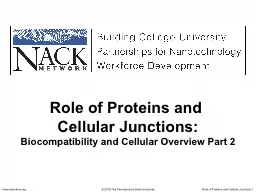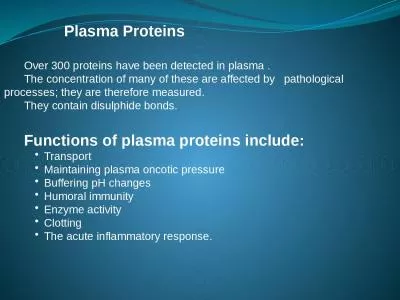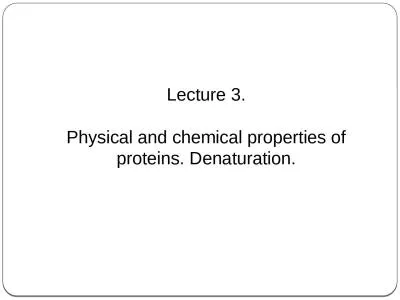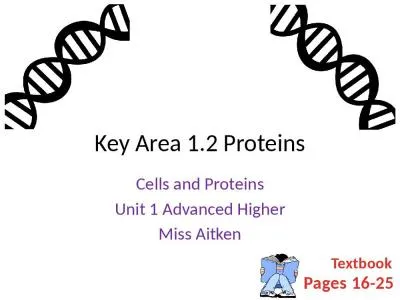PPT-Polypeptides and proteins -3
Author : unita | Published Date : 2023-05-20
Lecture 1 With DrHamzeh Al Share MD Original Slides for Prof Sameeh Al Saraireh Final 1 1 Fibrous proteins These proteins have a rod like structure They
Presentation Embed Code
Download Presentation
Download Presentation The PPT/PDF document "Polypeptides and proteins -3" is the property of its rightful owner. Permission is granted to download and print the materials on this website for personal, non-commercial use only, and to display it on your personal computer provided you do not modify the materials and that you retain all copyright notices contained in the materials. By downloading content from our website, you accept the terms of this agreement.
Polypeptides and proteins -3: Transcript
Download Rules Of Document
"Polypeptides and proteins -3"The content belongs to its owner. You may download and print it for personal use, without modification, and keep all copyright notices. By downloading, you agree to these terms.
Related Documents


